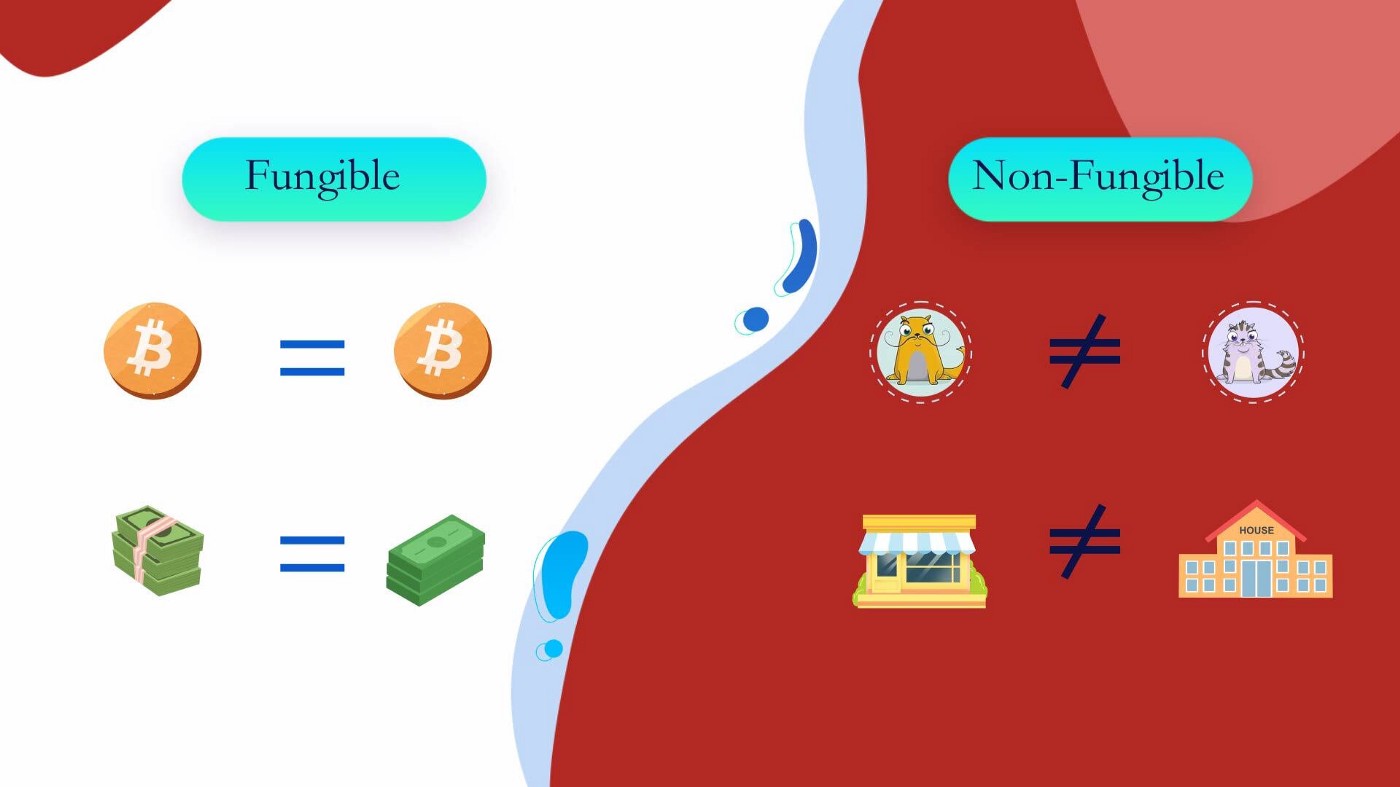May 31, 2022, witnessed the fourth anniversary of the launch of TRON’s MainNet. Since then, TRON has been on a fast track with its full-fledged ecosystem leading the way in DeFi, NFT, Web3, the metaverse, GameFi, and stablecoin. The rapid expansion is also reflected by its surging metrics. TRON now hosts over 103 million users, with upwards of $12.9 billion in total value locked (TVL), and more than 3.5 billion transactions, making it one of the top 3 public chains worldwide.
While TRON prospers, the industry evolves. To engage with the TRON ecosystem, it is imperative to put your finger on the pulse of the industry and gain expertise in trending fields. That’s why we are introducing up-to-date ideas in this new weekly TRON Class. First, let’s kick it off with NFT.
NFT was undoubtedly the hottest blockchain-related topic in 2021. So what is it? Many people have known that NFT is the abbreviation for the non-fungible token, but we need more than knowing its full name to understand what it really is. Let us figure out what the term “non-fungible” means in the first place.
The difference between a fungible and a non-fungible token is that the former is interchangeable, while the latter is not. Take real-life items as examples — one dollar can be exchanged for another, so dollars are fungible, while apartments are not fungible because an apartment cannot be exchanged freely for another.
Generally speaking, all $100 banknotes have the same value, and exchanging two of them does not affect the purchasing power at all. However, this is not the case for apartments. Hardly are people willing to exchange their homes for another one even with the same layout and in the same neighborhood. Because each apartment is unique with its natural light, decoration style, and geographic location. An apartment closer to the metro station is more valuable than its counterpart just 100 meters further away.
However, the above is by no means a perfect analogy. Banknotes with special numbers are often rarer and more valuable than regular ones, making them collectors’ favorites. But cryptocurrencies tell a completely different story. For instance, the value of the first-ever mined Bitcoin in the Genesis Block is never higher than that of the 250th.
For cryptocurrencies, tokens of the same type are completely homogenous and interchangeable — that is why we call them Fungible Tokens. The past decade or so has witnessed the rise of Fungible Tokens such as BTC, ETH, and TRX. While changing the game in the field of finance, they have greatly increased people’s choices in deposit, investment, and trading.
So, why do we need NFTs? The answer is that collecting something is one basic human instinct. We began collecting when we were hunter-gatherers. People gathered the surplus materials and exchanged them for strange stones or beautiful shells in their collections. It is the instinct of collecting that propelled the development of society.
As the world becomes increasingly digitalized, collectibles are expanding from physical to virtual. The rise of smart contract platforms such as Ethereum and TRON has enabled people to create unique, counterfeit-proof digital collections — the NFTs. The content of an NFT is very diverse, including digital artworks, avatars, virtual real estate, cards, gaming skins, tickets, etc.
We have seen in the news that some NFTs are sold at whopping prices, the most famous of which are CryptoPunks and Bored Apes. However, more NFTs are left unnoticed and worthless. Are NFTs true wealth or just bubbles? The answer will come out as things unfold.
